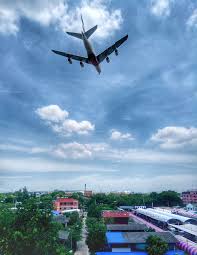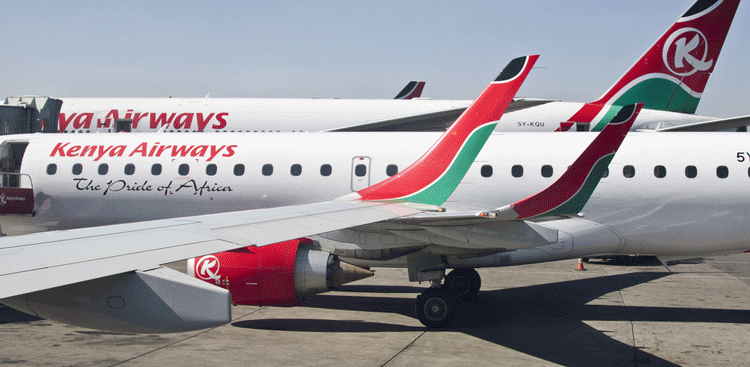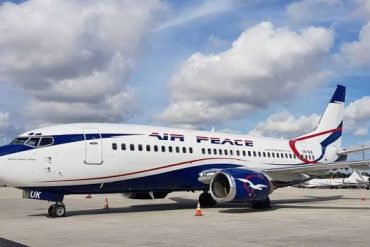By Wole Oyebade
18 September 2019 | 4:16 am
The International Air Transport Association (IATA), yesterday, reiterated the imperatives of improved infrastructure, connectivity, safety, and technology, if Nigeria and other African countries must unlock the aviation economy.
The global body, at the presentation of its latest study on the economic value of air transport and tourism to Kenya at the IATA Regional Aviation Forum in Nairobi, identified opportunities for significant expansion over the next 20 years if key investments in infrastructure and policy reforms are made.
According to the report, over 4.7 million passenger journeys were made to Kenya in 2017, with aviation and tourism representing $3.2 billion in Gross Domestic Product (GDP). It accounts for 4.6 per cent of Kenya’s GDP and supports 410,000 jobs.
Over the next 20 years the Kenyan market could more than double in size, resulting in an additional 11.3 million passenger journeys, over 449,000 more jobs, and a $11.3 billion boost to GDP by 2037.

Nigeria, with about 15 million air passengers in 2018, contributes 0.6 per cent to the GDP.
IATA, however, identified four areas where government’s action could promote aviation’s growth and bring even more value to Kenya and other African countries.
The body urged improvement in air transport infrastructure to accommodate the future growth of air traffic in collaboration with users, adding that improving operational efficiency at Jomo Kenyatta International Airport is essential if Nairobi is to remain a competitive connecting hub and East Africa’s main air cargo hub.
The implementation of the Single African Air Transport Market (SAATM) will open Africa’s skies.
Also, improvements in the safety performance of Africa’s turboprop fleet remain a priority – including in Kenya. The IATA Standard Safety Assessment Programme (ISSA) enhances and complements the state’s safety oversight role.
Adopt new innovative technology: Integrating technology such as biometrics and AI will improve efficiency and passengers’ journey experience
IATA’s Regional Vice President for the Middle East & Africa, Muhammad Ali Albakri, said the air transport had been a major driver in Kenya’s economy, boosting tourism, attracting regional headquarters of multinational companies and fostering trade, logistics and foreign investment in the country.
“With 4.8 million passengers arriving to Kenya’s airports every year and the country’s established position as the leading cargo hub for East Africa, there is good reason to be proud of all that aviation has achieved in the country.
“However, while Kenya ranks globally in the top 10 per cent of countries for visa openness, it remains in the bottom half for air transport infrastructure. To unlock the full social and economic benefits that aviation brings, Kenya needs to improve its infrastructure, open its skies, remain vigilant and firm on safety, while taking advantage of new technologies to improve efficiency and the passenger experience,” he said.
Group Managing Director and Chief Executive Officer (CEO), Kenya Airways, Sebastian Mikosz, noted that Kenya Airways had been a major driver in Kenya’s economic and social development, promoting commerce, providing jobs and vital logistics to boost tourism and trade.
“The development of policies that support the growth of aviation and reduce bureaucracy at the points of entry are paying off. Continuing this policy focus will certainly unlock even greater development potential for Kenya and the neighboring countries,” Mikosz said




